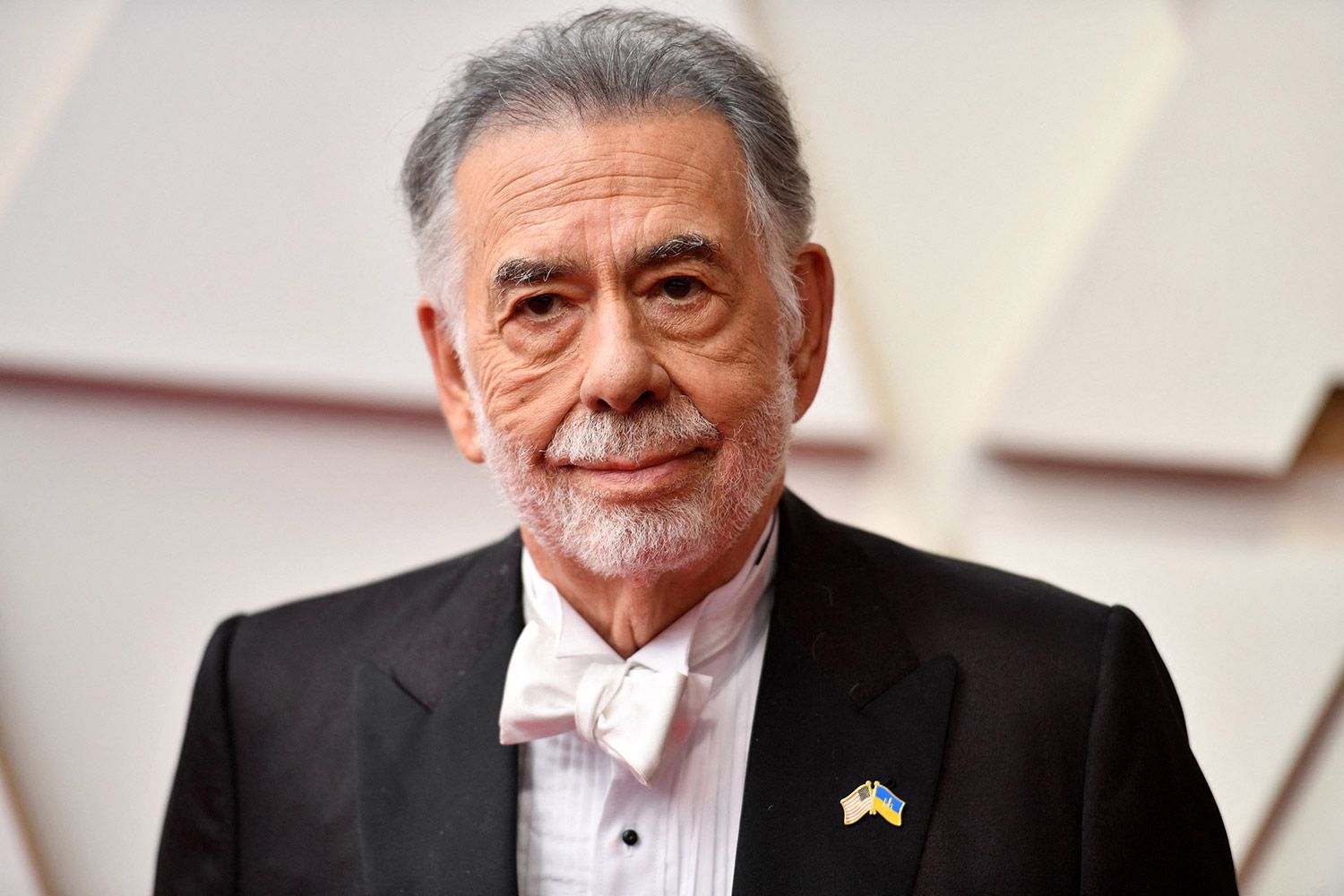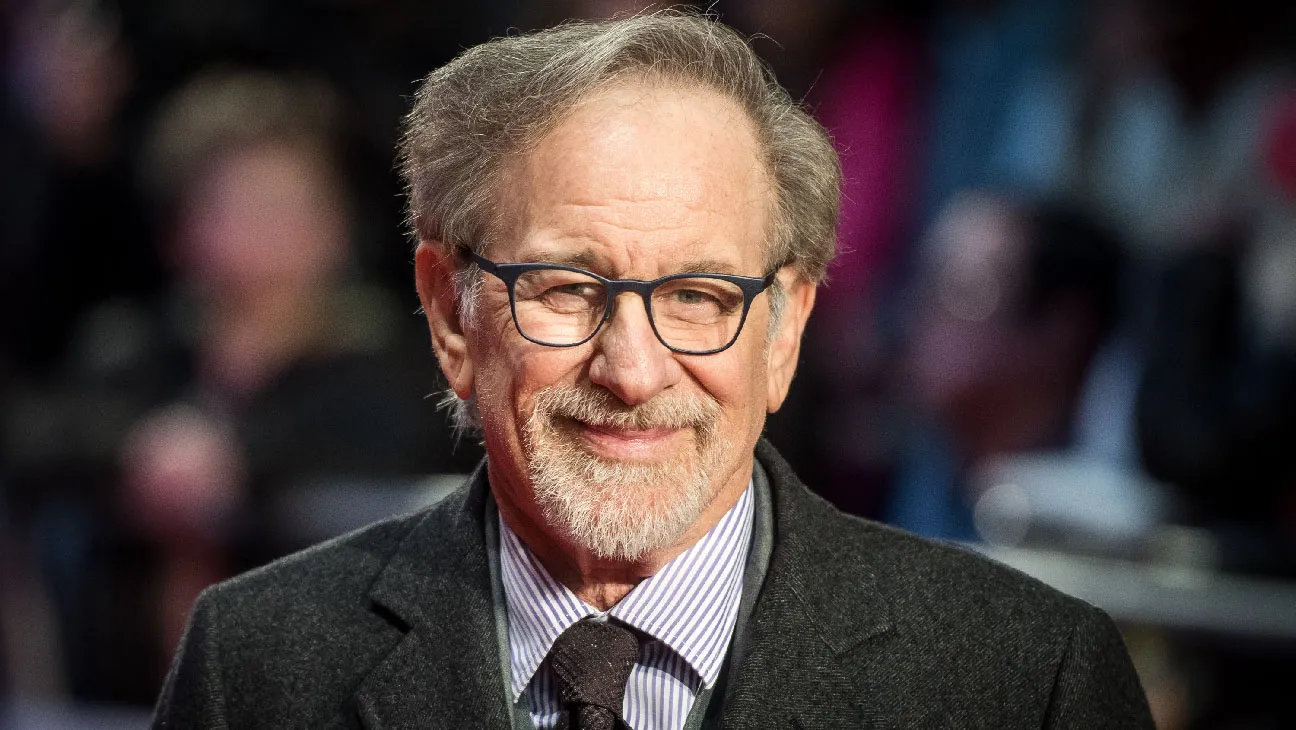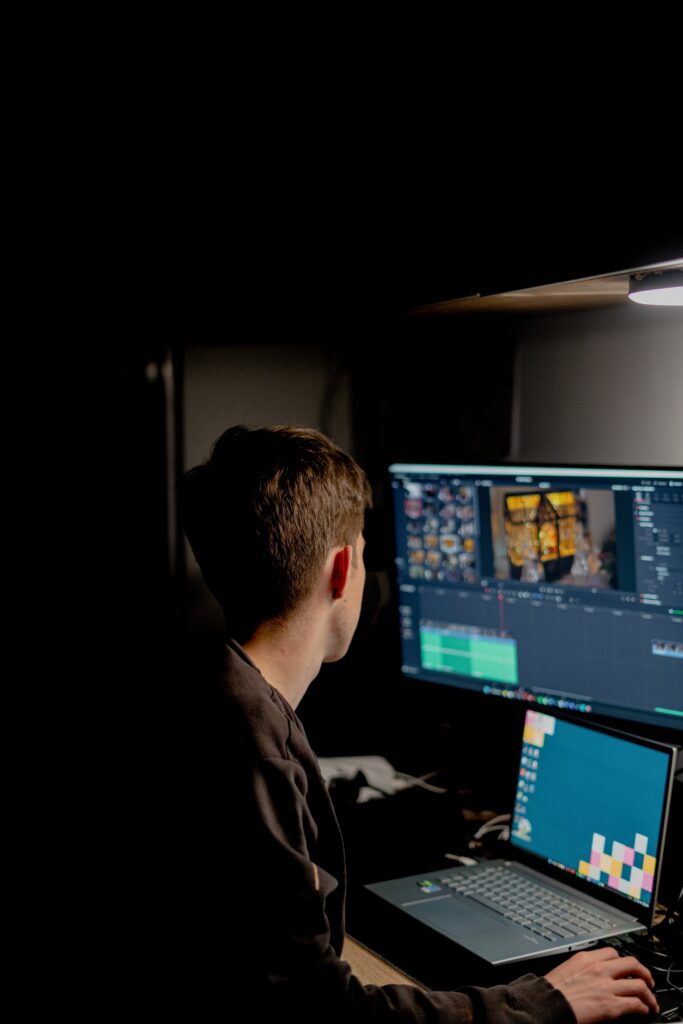American Movies: A Journey Through the Evolution of Hollywood Cinema
World War II was a defining moment for American cinema. This era witnessed a dramatic shift in the themes and narratives of Hollywood films. Before the war, movies were predominantly escapist, featuring themes of romance and adventure. However, the onset of the war brought a sense of realism and gravity to American cinema. Films began to reflect the complexities and challenges of the war, touching upon the themes of sacrifice, patriotism, and the human cost of conflict. “The Gift of Life,” a movie from this period, poignantly captured the essence of these themes, offering audiences a glimpse into the lives of those affected by the war. Additionally, the war led to a surge in propaganda films, which played a crucial role in shaping public opinion and boosting morale. Movies like “Casablanca” not only provided entertainment but also subtly conveyed messages of resilience and hope. The impact of World War II on American cinema was profound, setting the stage for a more diverse and sophisticated storytelling that would evolve in the subsequent decades. For those interested in exploring this transformation in depth, the option to buy argumentative essay at essayservice.com offers a valuable resource for delving into the intricate relationship between cinema and historical events, providing a platform for critical analysis and academic exploration.
The Golden Age: Classic Films and Their Timeless Appeal
The Golden Age of Hollywood is often remembered as a period of unparalleled cinematic splendor. This era, spanning from the late 1920s to the early 1960s, was marked by the production of some of the most iconic and enduring films in American cinema. It was a time when storytelling, star power, and technical innovation came together to create magic on the silver screen. Films from this era, such as “Gone with the Wind” and “The Wizard of Oz,” are not just mere entertainment pieces but cultural landmarks that continue to captivate audiences decades later. “The Gift Movie,” a quintessential Golden Age film, is a perfect example of this era’s charm and artistic achievement. These films were known for their grand narratives, elaborate sets, and captivating performances, often showcasing the talent of legendary actors and actresses. The appeal of these classics lies in their ability to transcend time, offering a window into a bygone era of glamour and storytelling excellence. The Golden Age also set high standards for cinematic storytelling, influencing future filmmakers and shaping the foundations of modern cinema. The themes explored during this period, ranging from love and betrayal to triumph and tragedy, are universal and timeless. This era also saw the emergence of the “Academy Awards,” which began to recognize and celebrate the best in filmmaking, further cementing the legacy of these classic films. The influence of the Golden Age is evident in contemporary cinema, as modern filmmakers continue to draw inspiration from its innovative techniques and storytelling styles. The classic films of this era, with their rich narratives and charismatic characters, remain a testament to the enduring power of storytelling and the magic of the movies.
Leveraging an “essay service promo code” can be a strategic move for students aiming to balance quality with affordability. These promo codes unlock discounts on essay writing services, making it financially easier for students to access professional assistance. With an essay service promo code, the path to submitting high-quality, well-crafted essays becomes more accessible, allowing students to achieve academic excellence without compromising their budgets.

Francis Ford Coppola: A Revolutionary in American Filmmaking
Francis Ford Coppola, a towering figure in American cinema, redefined the art of filmmaking with his innovative approach and bold storytelling. Coppola, emerging in the late 1960s and reaching the pinnacle of his career in the 1970s, introduced a new era of American filmmaking characterized by its artistic ambition and thematic complexity. His films, notably “The Godfather” series and “Apocalypse Now,” are considered masterpieces of cinema, blending profound narratives with groundbreaking technical prowess. Coppola’s influence extended beyond the confines of the director’s chair, he was a mentor and inspiration to a generation of filmmakers. His impact is evident in films like “The Gift Trailer,” which echo his style of combining deep, personal storytelling with cinematic excellence. Coppola was not just a filmmaker, he was a visionary who pushed the boundaries of what cinema could achieve. His approach to character development, narrative structure, and visual storytelling opened new avenues for exploration and expression in film. He was instrumental in the rise of the New Hollywood era, where directors gained more creative control, leading to some of the most daring and influential films in American cinema. Coppola’s legacy is not just in the films he made but in how he inspired others to think about and create cinema. His work continues to inspire and challenge filmmakers, ensuring his place as one of the great auteurs in the history of film. Choosing PaperWriter official website
to write my paper for me offers a reliable solution for in-depth analysis on topics such as American Movies Explored. This service provides expertly written essays that delve into the history, genres, and cultural impact of American cinema. PaperWriter’s team of professional writers ensures that each paper is well-researched, engaging, and insightful, making it a valuable resource for students and film enthusiasts.

World War II Narratives in Hollywood: A Cinematic Exploration
World War II left an indelible mark on Hollywood cinema, influencing the narratives and themes for decades to come. The war, with its global impact and dramatic stories, provided a rich backdrop for filmmakers to explore various facets of the human experience. Hollywood took on the challenge, producing films that delved into the heroism, tragedy, and complexities of the war. These films served not only as entertainment but also as a means of processing and reflecting on the monumental events of the era. “The Gift of Life,” a notable film from this period, depicted the personal and emotional struggles of individuals during the war, offering audiences a more intimate look at the impact of global conflict. World War II narratives in Hollywood were varied, ranging from frontline combat dramas to espionage thrillers and romantic sagas set against the backdrop of war. These films often portrayed the harsh realities of war while also highlighting themes of courage, sacrifice, and the resilience of the human spirit. They provided a platform for audiences to engage with the war in a more personal and emotional way. Furthermore, these narratives played a crucial role in shaping public perception of the war and its aftermath. They helped in memorializing the experiences of those who fought and lived through the war, ensuring that their stories were not forgotten. This era also saw the emergence of documentary-style filmmaking, which aimed to provide a more realistic depiction of war. Directors and cinematographers experimented with new techniques to capture the essence of the battlefield, bringing a sense of immediacy and authenticity to their films. The legacy of World War II narratives in Hollywood is significant, they not only captured a pivotal moment in history but also set new standards for storytelling in cinema. These films continue to influence filmmakers and are studied for their artistic and historical significance. They stand as a testament to the power of cinema to capture, reflect, and influence our understanding of history.
Innovations in Best Film Editing: Changing the Face of Hollywood
The evolution of film editing in Hollywood represents a journey of innovation and ingenuity. Editing, often referred to as the “invisible art,” plays a crucial role in shaping a film’s narrative, rhythm, and pace. The advancements in editing techniques have significantly altered the way stories are told in cinema. Early films were limited by technology and often featured long, unbroken shots. However, as technology advanced, editors began experimenting with new techniques such as cross-cutting, montage, and parallel editing. These innovations allowed for more dynamic storytelling, enhancing the emotional impact and engagement of films. “The Gift Film” is an example of how editing can transform a film, using pacing and narrative structure to heighten suspense and emotional resonance. The role of the editor evolved from merely cutting and splicing film to becoming a key collaborator in the storytelling process. The introduction of digital editing tools further revolutionized the field, offering editors unprecedented control and creative freedom. This shift not only streamlined the editing process but also opened up new possibilities in terms of visual effects and narrative complexity. The impact of these innovations is evident in the numerous “Academy Award Nominations” and wins for Best Film Editing, highlighting the importance of this aspect of filmmaking. Today, editing is recognized as an essential element of the filmmaking process, playing a pivotal role in the overall quality and effectiveness of a film. The evolution of editing techniques in Hollywood has not only changed the way films are made but also how they are experienced by audiences.

The Legacy of Classic Films in Modern Cinema
The legacy of classic films in modern cinema is both profound and far-reaching. These timeless masterpieces from the Golden Age of Hollywood continue to inspire and influence contemporary filmmakers and audiences alike. Classic films are characterized by their compelling narratives, memorable characters, and groundbreaking technical achievements. They have set enduring standards for storytelling and filmmaking that remain relevant today. Modern filmmakers often draw inspiration from these classics, paying homage to their styles, themes, and aesthetics. The influence of classic films is evident in various aspects of contemporary cinema, from narrative structure and character development to cinematography and production design.

